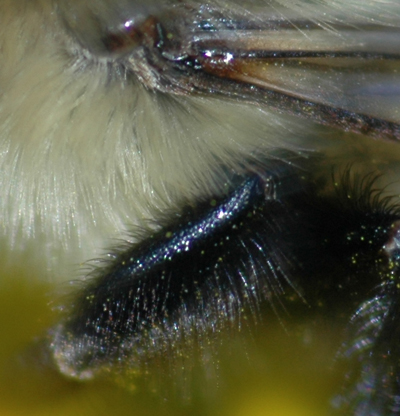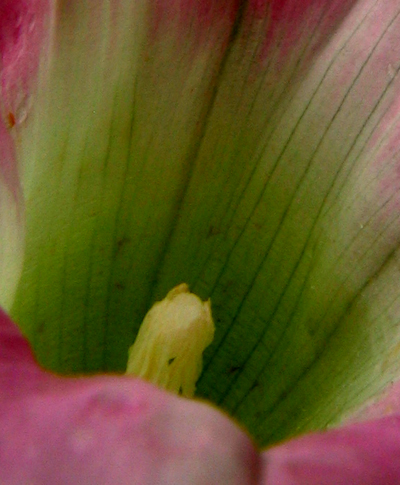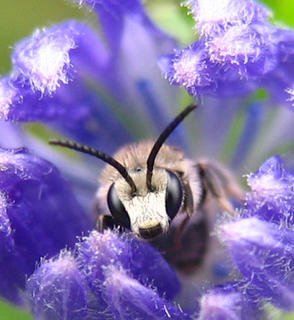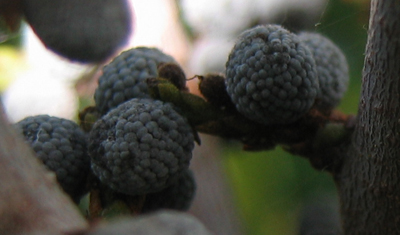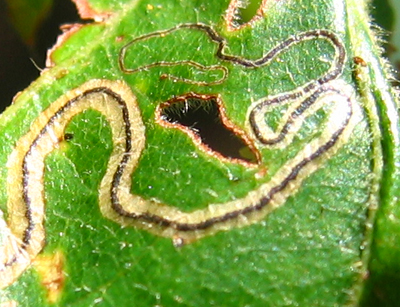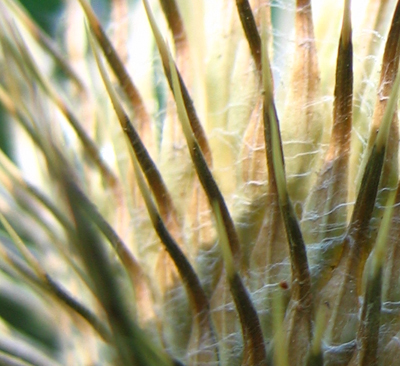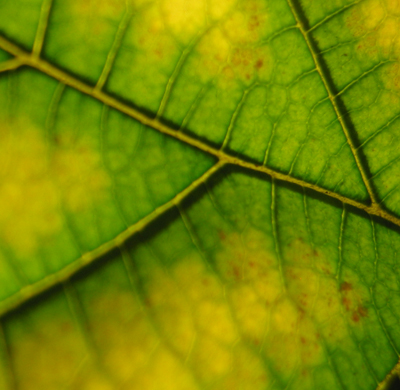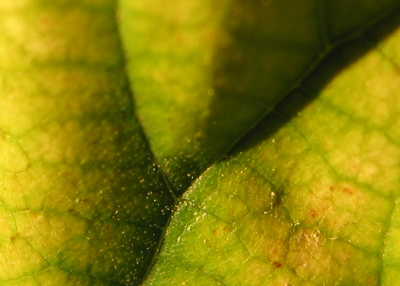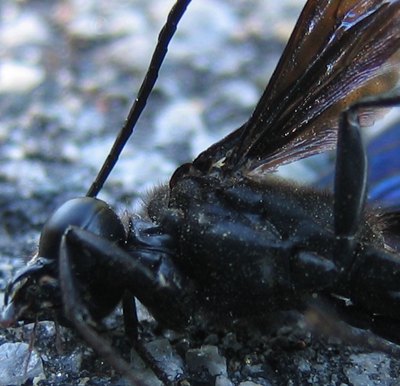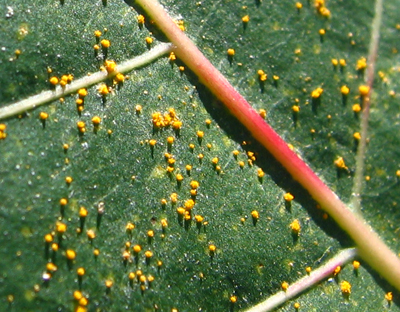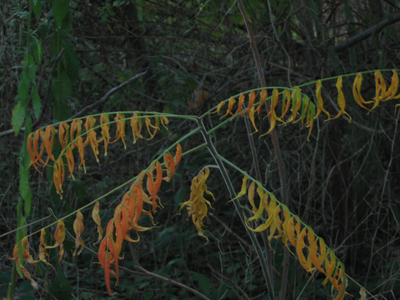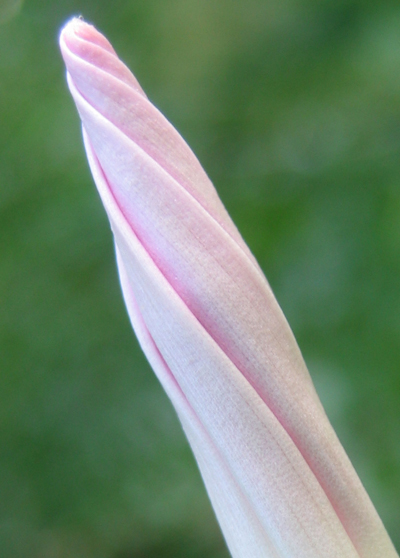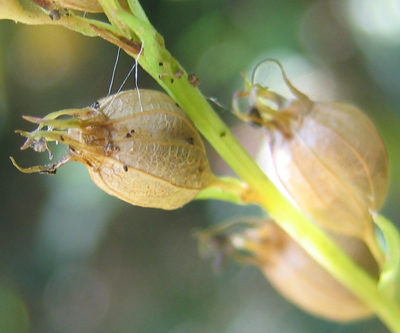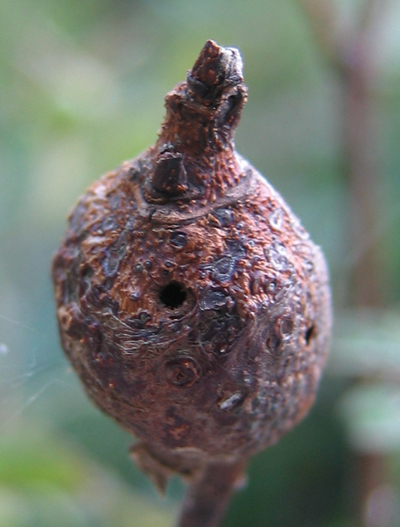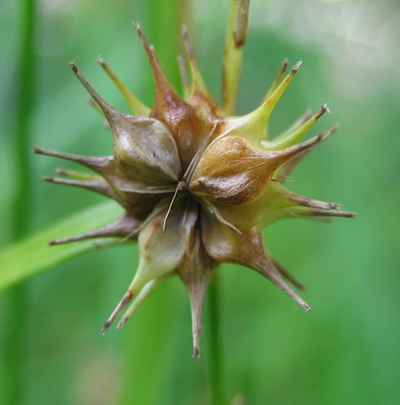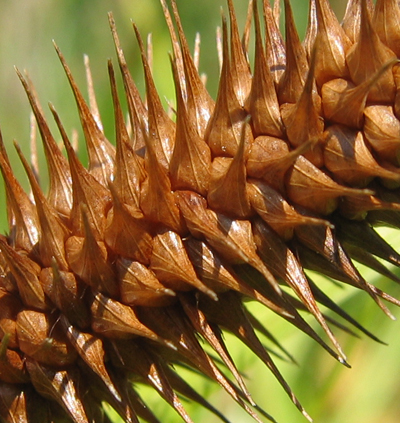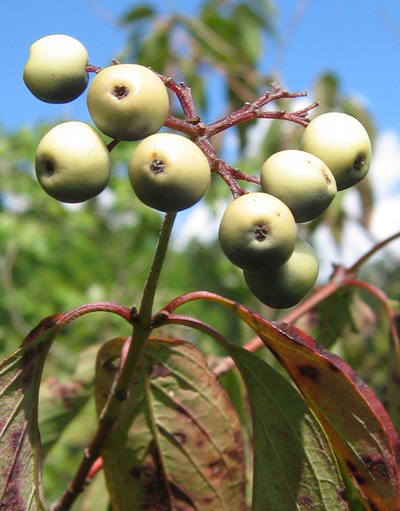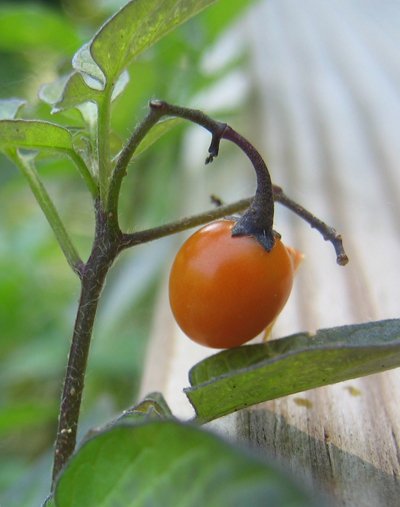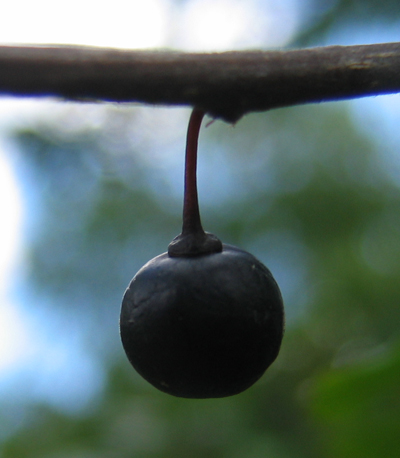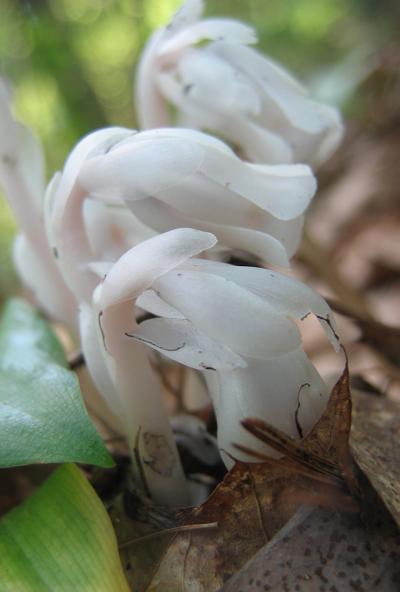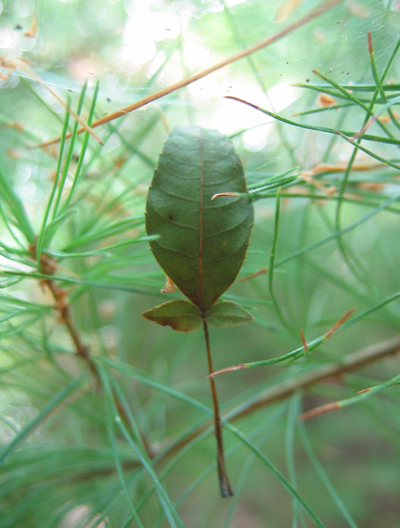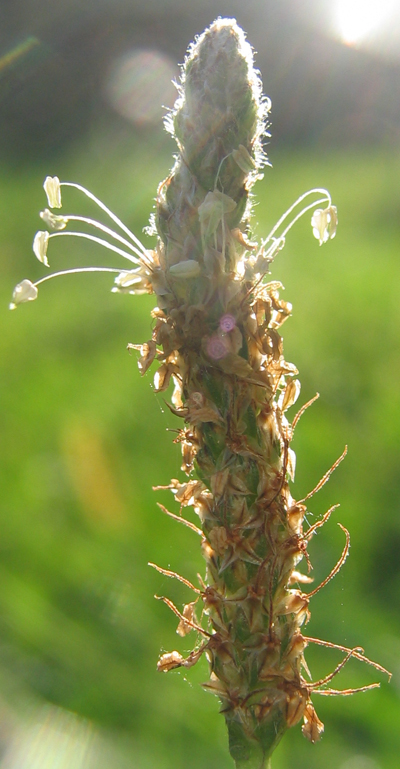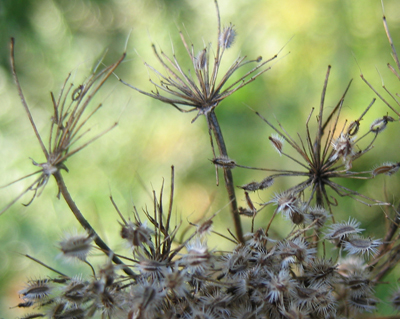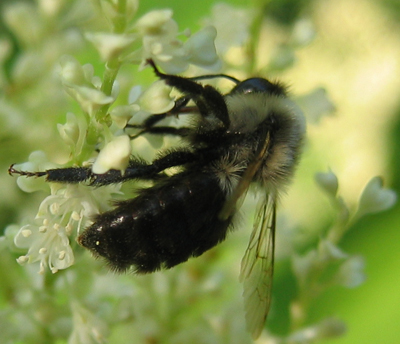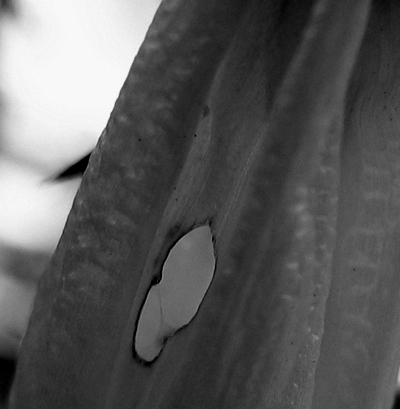Dinglust
I've always been fond of the symbolic Buddhist being, the hungry ghost, the creature with the infinite appetite and the pinhole mouth. How can it ever get stuff in fast enough to satisfy its powerful desire ? Simple -- it can't. It's doomed to perpetual frustration. Poor thing. It hardly seems fair.
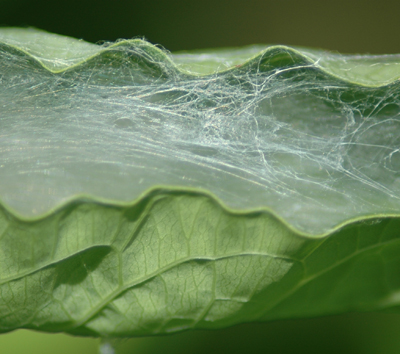
I've been thinking about desire lately, specifically, that subspecies of desire that has an object as its object. Dinglust, as a malapropping German neologist might say. I admit it. I have been wrestling with, and have succumbed to desire, to dinglust. You want the prurient details ?
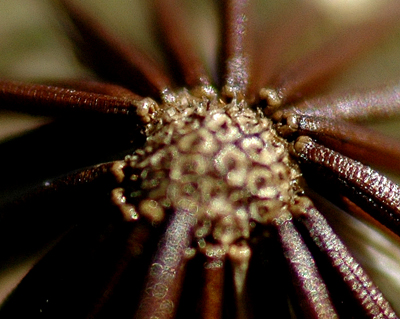
Eating, for me, is the prototypical desire, the ur-lust. Freud would have called this an oral fixation, more primitive than both the anal or genital kinds, and apt to lead, if untreated, to hysterical neurosis. That's why I feel such a soft spot for the poor, frustrated deva. I know what it's going through. In fact, the deva should be the household god of anorexics --the prissily abstemious pinhole coupled to a secret, inner unfillable void.

Desire begins with the eye. The roving, burning eye. A man walked toward me on the river path a few weeks ago. He had two things: a toddler in a stroller, and a camera with a huge lens hanging from a neckstrap. My eye went right for the camera. Conflict ensued:
Omigod what an impressive rig ... is that a digtal SLR ? ... and the lens... must be a big time zoom ... wait, I shouldn't be staring ... what if he notices me eyeing his lens ... he'll think I'm some kind of schmuck admiring his camera and not his baby ... he'll think I'm an unnatural woman...what kind of a woman admires a camera over a baby anyway...I must be some kind of monster...
I tore my eyes away from his gear and smiled at his baby. It scowled back. It had my number.
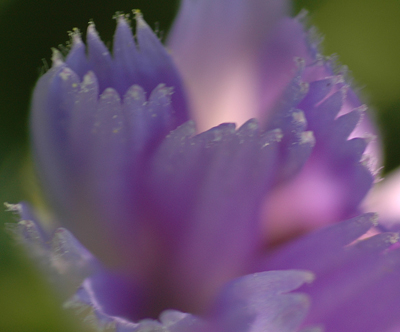
The Bible acknowledges the burning eye, and prescribes: If the eye offendeth, pluck it out ! Desire has more eyes than a potato (Mmmmm, potatoes....) : the oral eye moving over the pastry cart, the anal eye cannily scanning the money bags, the genital eye ogling the Playboy centerfold.
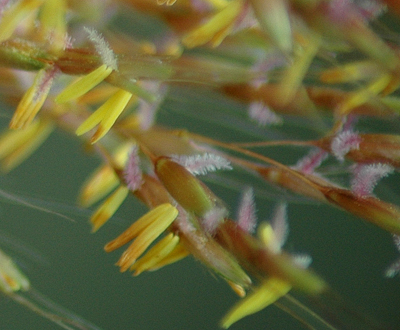
Wanting a consumer object could be, freudoanalytically speaking, sublimated desire. Orality strays the least from its primitive object: the infantile mouth that wants its lactiferous tit is the same mouth that wants its Doritos or filet mignon. Anality makes a hasty leap out of the diaper into the world of earthly commerce -- one hoards goods and cash, not shit. The genital still rules the boudoir, but extends its field of seduction and aggression to larger arenas, to such quasi-copulatory enterprises as business, politics and religion. Comfort, wealth, power -- what magic does the object perform ?

As the song says, the shark has pearly teeth, dear. Row upon row of them. All the better to eat you with. And a blurry fin. My psychoanalyst, Dr Mack, speaking of Mack the Knife, died a year ago today. Maybe that's why the Freud's bubbling up to the surface.
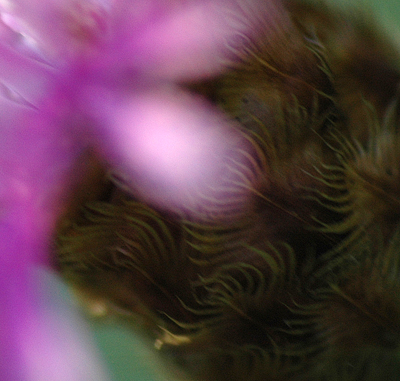
Dr Mack got hit by a car crossing a London street a year to the day after Ponytailed Man whanged into my Toyota and broke my neck which, in turn, was thirty years to the day after I'd first transcribed the words "Dr Mack" in my journal. It's a weighty anniversary. What other bonevents and malevents prepare to accrue to this day ?

Event arrows meet midair in a stratosphere above desire. Cupid's arrows, the arrows of love and implicit loss, pierce and wound down here where the atmosphere's thick and savory as blood pudding. It feeds these
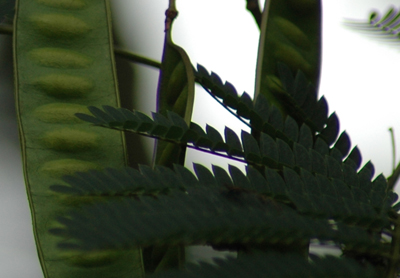
and these
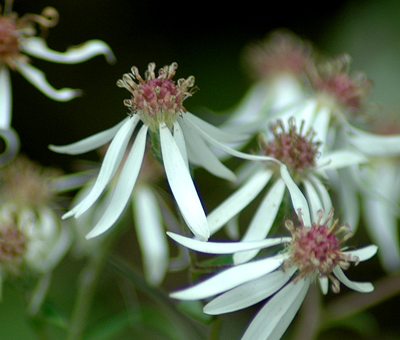
and these

until everything's singing (against all odds) happy, happy birthday
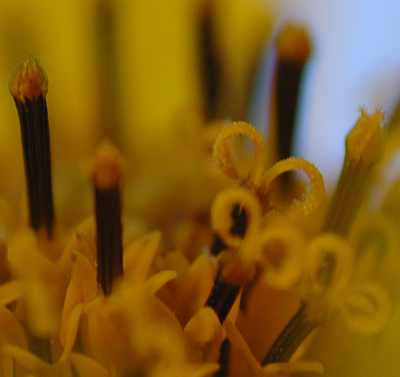
and, in the spirit of it all, I just HAD to buy myself a present --
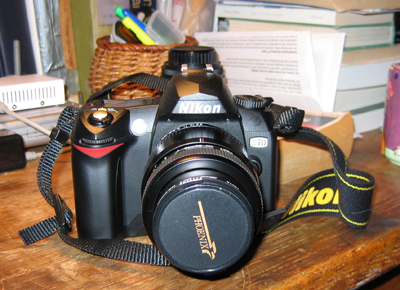
didn't I ? Didn't I ?

One consumes. And one is consumed by desire. It burns one up from the inside. A hectic glow reddens the cheeks. A, dare I say it, consumptive glow. And what remains after the consummating totentanz ?
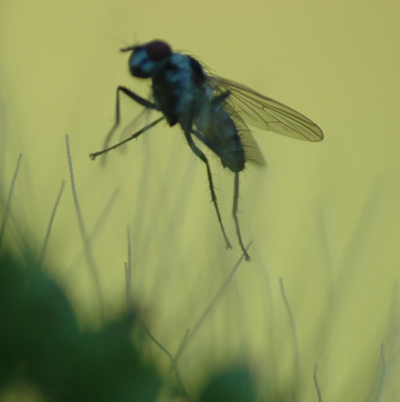
Something like this. And beautiful bokeh.
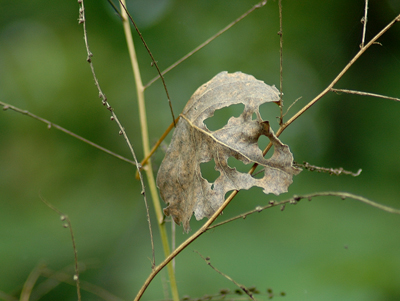

I've been thinking about desire lately, specifically, that subspecies of desire that has an object as its object. Dinglust, as a malapropping German neologist might say. I admit it. I have been wrestling with, and have succumbed to desire, to dinglust. You want the prurient details ?

Eating, for me, is the prototypical desire, the ur-lust. Freud would have called this an oral fixation, more primitive than both the anal or genital kinds, and apt to lead, if untreated, to hysterical neurosis. That's why I feel such a soft spot for the poor, frustrated deva. I know what it's going through. In fact, the deva should be the household god of anorexics --the prissily abstemious pinhole coupled to a secret, inner unfillable void.

Desire begins with the eye. The roving, burning eye. A man walked toward me on the river path a few weeks ago. He had two things: a toddler in a stroller, and a camera with a huge lens hanging from a neckstrap. My eye went right for the camera. Conflict ensued:
Omigod what an impressive rig ... is that a digtal SLR ? ... and the lens... must be a big time zoom ... wait, I shouldn't be staring ... what if he notices me eyeing his lens ... he'll think I'm some kind of schmuck admiring his camera and not his baby ... he'll think I'm an unnatural woman...what kind of a woman admires a camera over a baby anyway...I must be some kind of monster...
I tore my eyes away from his gear and smiled at his baby. It scowled back. It had my number.

The Bible acknowledges the burning eye, and prescribes: If the eye offendeth, pluck it out ! Desire has more eyes than a potato (Mmmmm, potatoes....) : the oral eye moving over the pastry cart, the anal eye cannily scanning the money bags, the genital eye ogling the Playboy centerfold.

Wanting a consumer object could be, freudoanalytically speaking, sublimated desire. Orality strays the least from its primitive object: the infantile mouth that wants its lactiferous tit is the same mouth that wants its Doritos or filet mignon. Anality makes a hasty leap out of the diaper into the world of earthly commerce -- one hoards goods and cash, not shit. The genital still rules the boudoir, but extends its field of seduction and aggression to larger arenas, to such quasi-copulatory enterprises as business, politics and religion. Comfort, wealth, power -- what magic does the object perform ?

As the song says, the shark has pearly teeth, dear. Row upon row of them. All the better to eat you with. And a blurry fin. My psychoanalyst, Dr Mack, speaking of Mack the Knife, died a year ago today. Maybe that's why the Freud's bubbling up to the surface.

Dr Mack got hit by a car crossing a London street a year to the day after Ponytailed Man whanged into my Toyota and broke my neck which, in turn, was thirty years to the day after I'd first transcribed the words "Dr Mack" in my journal. It's a weighty anniversary. What other bonevents and malevents prepare to accrue to this day ?

Event arrows meet midair in a stratosphere above desire. Cupid's arrows, the arrows of love and implicit loss, pierce and wound down here where the atmosphere's thick and savory as blood pudding. It feeds these

and these

and these

until everything's singing (against all odds) happy, happy birthday

and, in the spirit of it all, I just HAD to buy myself a present --

didn't I ? Didn't I ?

One consumes. And one is consumed by desire. It burns one up from the inside. A hectic glow reddens the cheeks. A, dare I say it, consumptive glow. And what remains after the consummating totentanz ?

Something like this. And beautiful bokeh.

